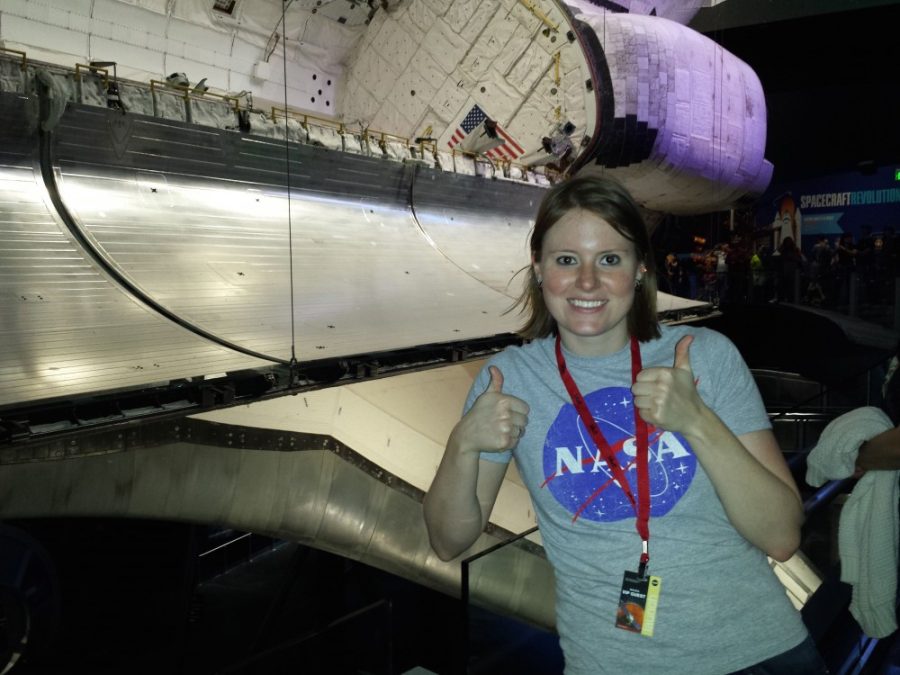In a conscious effort to recognize women for their contributions to science, the Daily Wildcat will run regular profiles this semester of UA women who hope to change the world through their passions for knowledge. Some of the women to be featured are only just beginning their careers in research or medicine, while others have already impacted the decisions of aspiring young scientists through teaching and mentorship.
Each woman in the upcoming series was asked to discuss another female scientist who influenced her decision to enter her chosen field. Like the role models they discuss in their profiles, each of the women featured this semester will go on to inspire girls and women to follow their hearts into the sciences.
To kick off the semester, we begin with a profile of Ali Bramson, a graduate student in UA’s Lunar and Planetary Laboratory.
Upon graduating from the University of Wisconsin-Madison with a bachelor’s degree in physics and astronomy-physics, Bramson joined the UA Department of Planetary Sciences.
She is currently a fourth-year graduate student working in the UA Lunar and Planetary Laboratory, where she uses spacecraft data to study the surfaces of planets and moons.
Bramson published a study in August describing her discovery of an ice sheet just under the surface of Mars that is as large as Texas and California combined, and as deep as a 13-story building.
Bramson observed the ice sheet using the laboratory’s high-resolution camera called HiRISE, and a radar instrument called SHARAD. Both instruments are currently flying around Mars onboard NASA’s Mars Reconnaissance Orbiter.
Bramson is coding a model this semester to investigate how the ice sheet she discovered could have been preserved over tens of millions of years.
She hopes that her work will help uncover new information about the Martian climate and the distribution of ice on Mars.
When she isn’t conducting her own research, Bramson spends her
time teaching and mentoring undergraduate STEM students. She even started her own course at the UA –
titled LASC 397B/C – to help undergraduates navigate and find success in their first research
experiences.
Bramson was inspired to enter the field of planetary sciences by Sally Ride, the first American woman to travel to space. In her spare time, Bramson plays on the UA women’s ultimate frisbee team.
Below, Bramson discusses her research interests and her decision to enter the world of planetary sciences.
“Growing up, my dream was always to be an astronaut; like, I was really obsessed with the idea of becoming an astronaut from age 5 onward. So naturally, Sally Ride was my favorite female scientist. She not only was the youngest American to go into space, but she also became an astronaut through getting bachelor’s and Ph.D. degrees in physics. Growing up, I didn’t know anyone who was a professional scientist, let alone an astronaut, so learning about Sally Ride’s career path gave me an idea of the education I would need. Many astronauts enter the program through the army/air force pilot route, and the Apollo days of going to the moon featured only men astronauts. As a girl, watching movies like ‘Apollo 13’ and ‘October Sky,’ it seemed the closest women got to becoming an astronaut or rocket scientist was to either to be the wife of one or their k-12 teacher. Sally Ride became an important role model to me as it was really important for me to see not only that a women could become astronauts, but that I could achieve my dreams by becoming a scientist. I went on to do my bachelor’s degrees in physics and astrophysics, and am now working on my Ph.D. in planetary science, and I couldn’t be happier that I followed this career path!”
Follow Elizabeth Hannah on Twitter.









